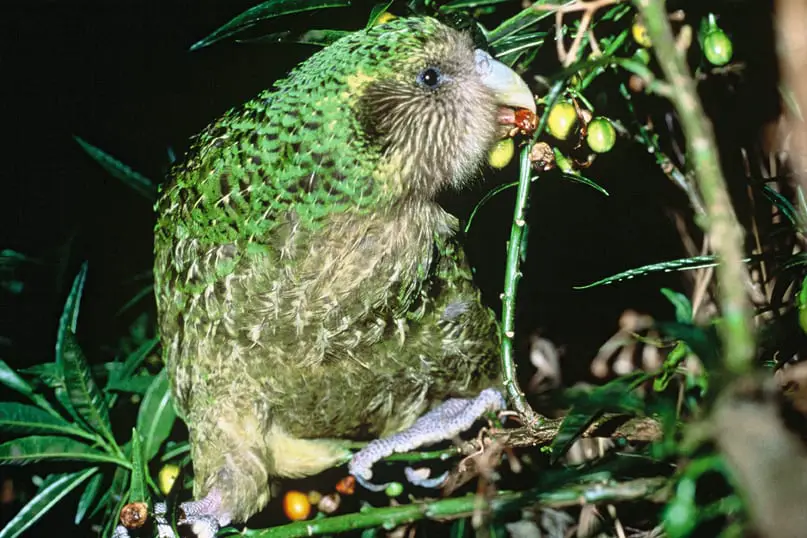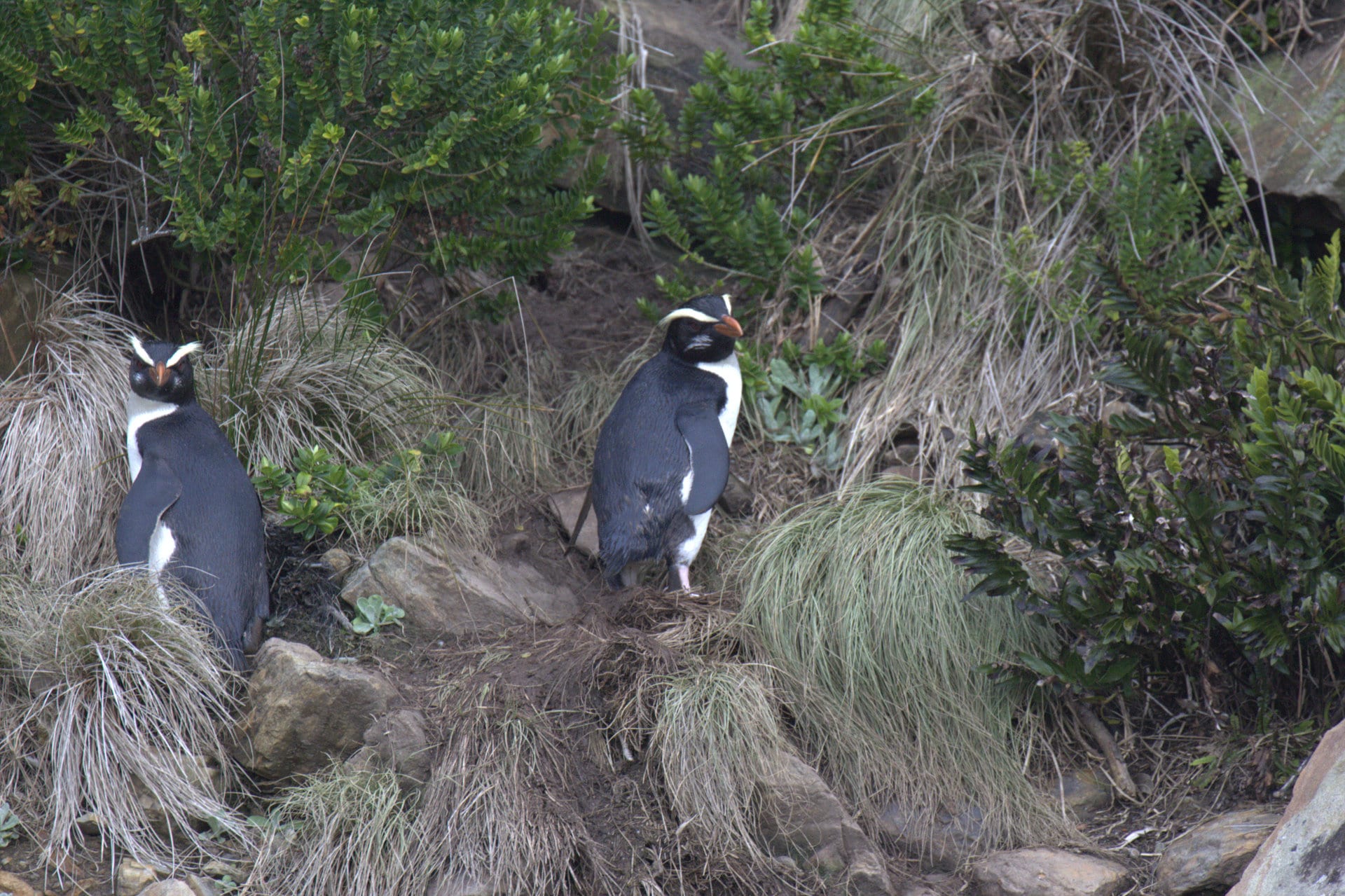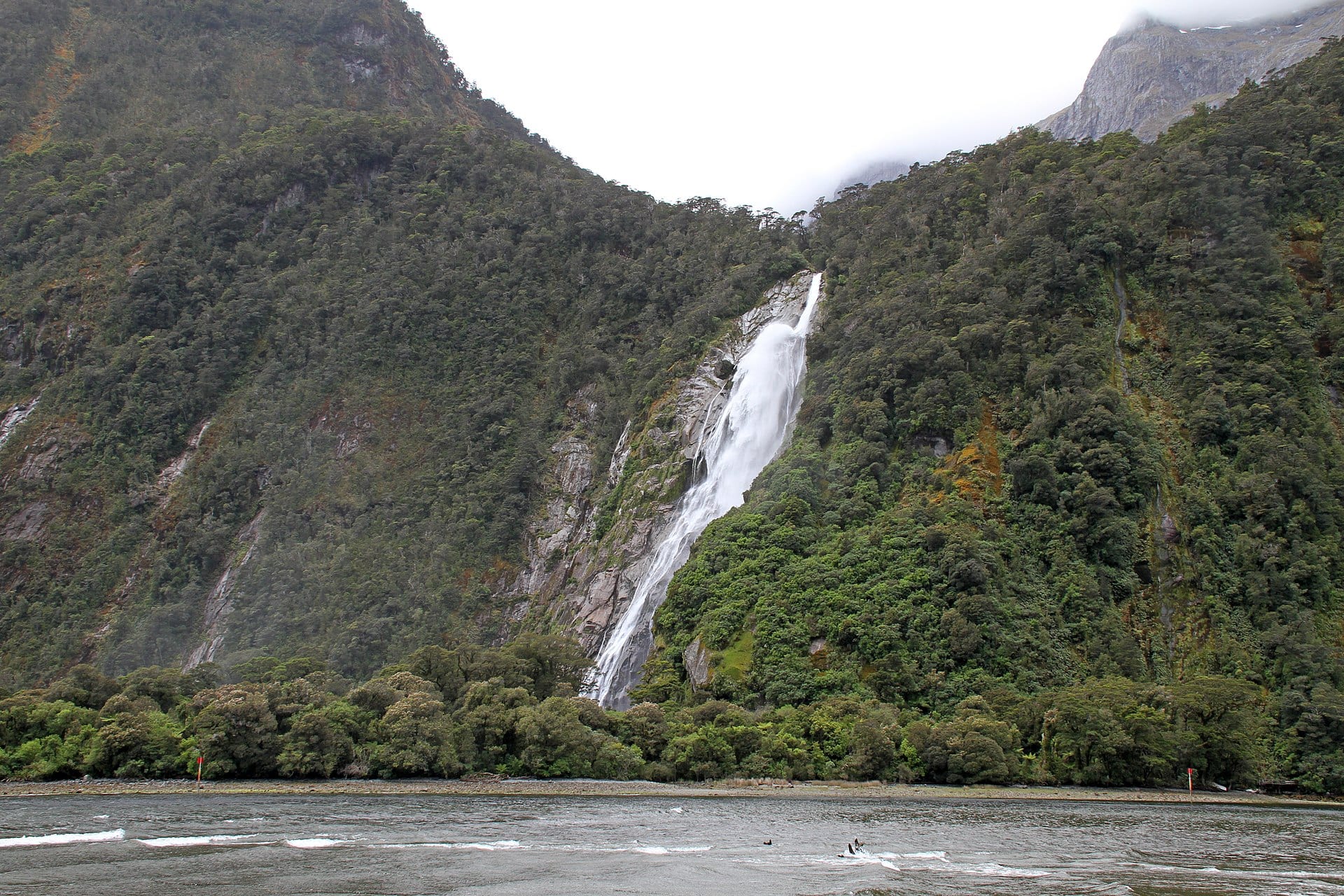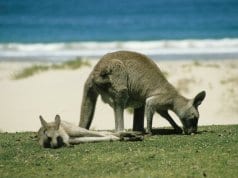Fiordland National Park may not be one of the most famous national parks in the world, but it is certainly one of the best. Located in southwest New Zealand, Fiordland National Park is a beautiful park, named for its many fiords, which were carved by retreating glaciers. But the park’s impressive landscapes and vistas aren’t the only reason nature lovers should put this park on their bucket list – it’s also a wildlife haven. In fact, it is home to a few of New Zealand’s most iconic species.
We’ll tell you more about the park’s wildlife below, and we’ll even provide a few tips for maximizing your wildlife-viewing opportunities during your visit.
A Bird-Watcher’s Paradise
Simply put, Fiordland National Park offers some of the best bird-watching opportunities in the world.
Fiordland National Park has a variety of wildlife species living within its borders, but birds clearly take center stage. This includes many species that are endemic to New Zealand, meaning that they don’t live anywhere else on the planet.
One of the park’s most amazing species is the kakapo. The kakapo is the world’s only flightless parrot, and it exhibits several unique behavioral traits. For example, unlike most other birds, in which males and females play a roll in raising the young, only female kakapos tend to their offspring.

The kakapo is critically endangered, so sightings are quite a treat. The population is thought to consist of about 150 birds, and most individuals have been specifically named by conservationists and scientists.
The takahe is another fantastic species that can be seen in Fiordland National Park. The largest living member of the rail family (Rallidae), the takahe is a pretty large bird that often weighs 5 to 6 pounds. They are clad in beautiful feathers and quite impressive to behold. They have a purple or blue head, green backs and a large, reddish-orange beak.
The Iconic Kiwi: A New Zealand Treasure
If you travel all the way to New Zealand, you’ll certainly want to have the chance to see a Kiwi or two.
Kiwis are very unusual birds, who are distantly related to ostriches and emus. Like their relatives, kiwis are incapable of flight, and they collect most of their food from the forest floor. Kiwis also forage in shrublands and fields, but they typically prefer the densest vegetation available. Unlike most other birds, kiwis are nocturnal.

New Zealand is home to five different kiwi species, which live in different portions of the country. Fiordland National Park is home to the brown or common kiwi, which is sometimes called the tokoeka. Clad in brown feathers, the common kiwi is about the size of a chicken.
Kiwis are also unusual among birds in that they have a well-developed sense of smell. They actually rely more on their sense of smell than vision to find their prey. They primarily consume worms and other invertebrates collected from the ground.
The Crested Penguins of Fiordland
Although normally associated with Antarctica, penguins also inhabit parts of New Zealand.
The Fiordland crested penguin is another iconic, flightless bird that calls the southern portion of New Zealand home. These handsome penguins stand about 2 feet tall and weigh about 8 pounds. These ocean-going birds feed in the water. They primarily consume squid, but they also eat krill, shrimp and small fish.

Named for the yellow to white features that protrude from each side of their heads, these penguins are easy to identify at a glance. You can distinguish the Fiordland crested penguin from its close relatives by noting the absence of bare skin near the base of the beak.
Wildlife Viewing Tips: Making the Most of Your Visit
Make sure that you embrace the following tips to give yourself the best possible chance of seeing lots of animals.
You’ll always need to use care when visiting any national park, to ensure you have the chance to see as many animals as possible. This is especially true of Fiordland National Park, as many of the inhabitants (most notably the park’s birds) are skittish and will quickly flee approaching humans.
However, if you employ the following tips and tricks, you’ll increase your odds of seeing a variety of wild animals.
- Travel in small groups. It is important to travel in large groups when visiting some national parks, given the threat of large predators. However, you will be the largest and most formidable predator walking through Fiordland National Park, so you needn’t travel in huge groups. Instead, travel with a friend or two, as this will help you maintain a low profile and see more critters.
- Dress in earth tones. Most birds see color very well, which will help them spot you at a great distance. But if you wear greens, browns, grays and blacks, you’ll blend in better with the surroundings. This will make it easier to approach birds and other wildlife.
- Binoculars are a must. It’s always a good idea to bring binoculars when you visit any national park, but it is imperative that you do so when visiting a place with as much bird life as Fiordland National Park. Binoculars will help you see many of the park’s glorious birds better than you would by simply trying to use your unaided eyes.
- Don’t forget to use your ears. Some of the birds that inhabit Fiordland National Park are relatively secretive, so they can be hard to spot. However, many – including the common kiwi – are quite vocal. So, listen for their calls and use these to help get close enough to the birds to catch a glimpse of them.

Tell Us About Your Experiences!
Fiordland National Park is a unique park that gives visitors a different type of experience than many of the world’s other parks do. It may not have many big terrestrial animals, like some of the parks in North America or Africa do, but its incredible collection of rare and unusual birds more than makes up for this.
Have you ever been to Fiordland National Park? We’d love to hear all about it. Tell us about your experiences – including the birds you saw during the visit – in the comments below.














![Red Angus Closeup of a beautiful Red Angus cowPhoto by: U.S. Department of Agriculture [pubic domain]https://creativecommons.org/licenses/by/2.0/](https://animals.net/wp-content/uploads/2020/03/Red-Angus-4-100x75.jpg)

